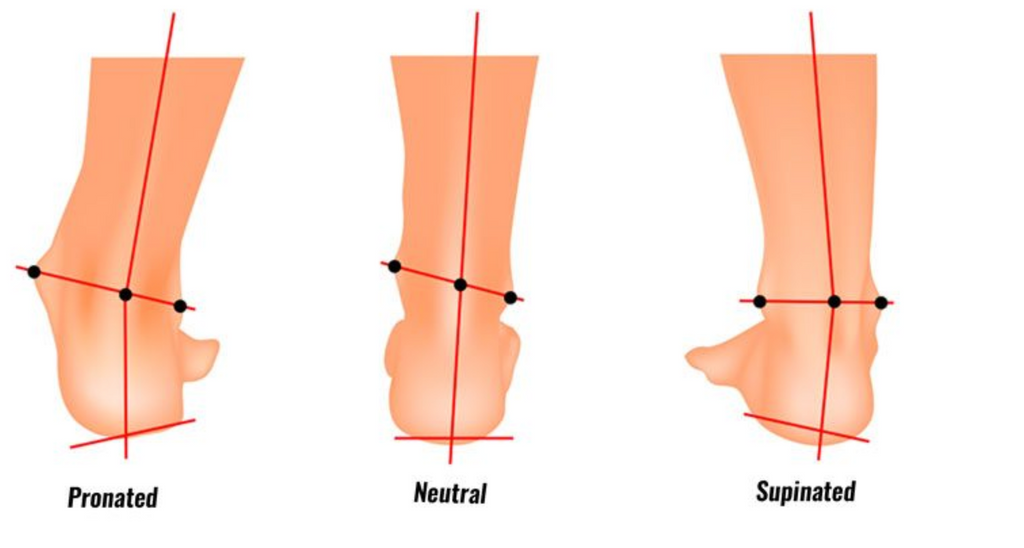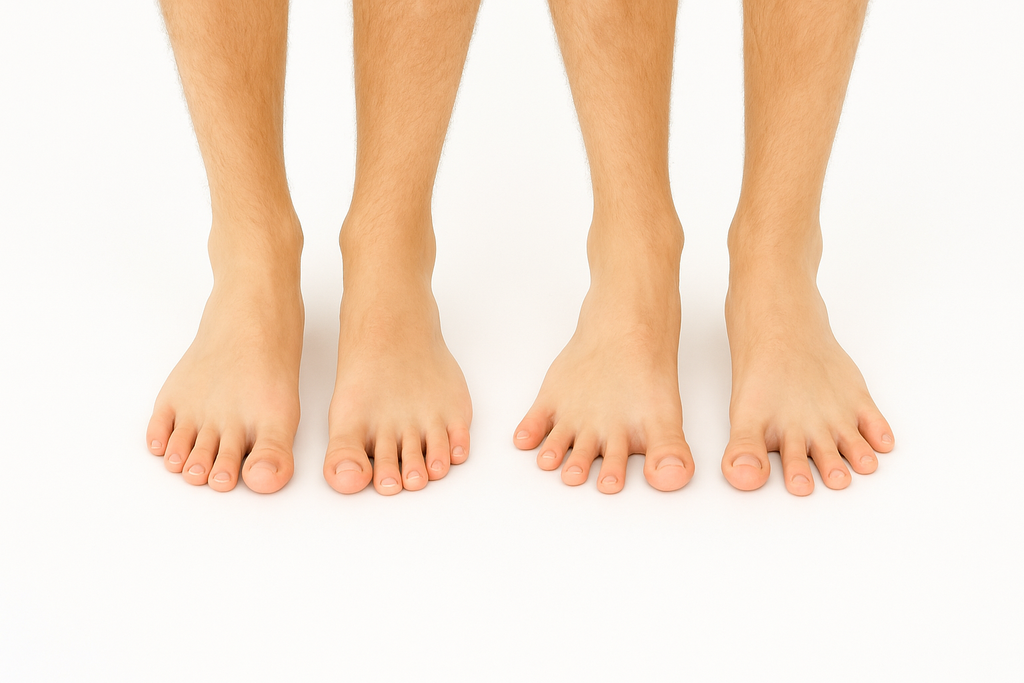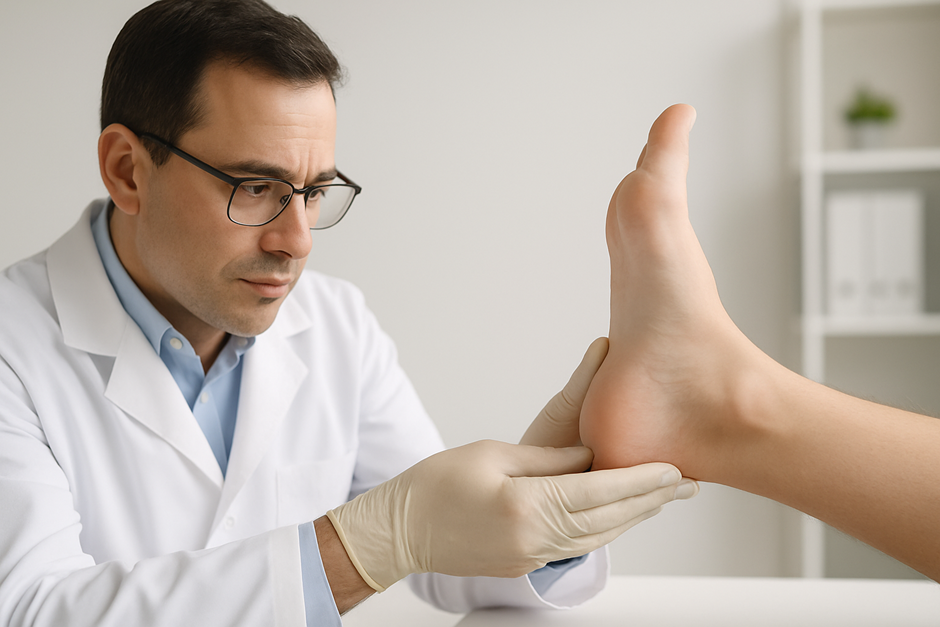Are Orthotics Worth It?
Yes, orthotics and custom orthotics are worth it. They provide support, relieve pain, and help align several body parts. From the foot to the ankle, knee, hip, back, neck, wrist, elbow, and hand, orthotics support a person's musculoskeletal system.
Key Takeaways
- Orthotics offer value by providing support, alignment, pain relief, balance, and stability. All of these lead to improved biomechanics and better foot health.
- Orthotics are not stand-alone treatment plans. They are best combined with other treatment plans.
- Over-the-counter orthotics are readily available and also cost less, but they offer less functions than custom-made orthotics.
- Orthotics should be prescribed by a qualified medical professional to prevent a worsening of the condition.
- Orthotics can only be effective when they fit the patient perfectly.
The functions of orthotics include:
-
To prevent or treat injuries: In cases of accidents or post-surgical recovery, orthotics hold body parts like the neck, hip, and knees in place to restrict movement and allow quick and complete healing.
-
Relieves pain: Orthotics help to relieve pain from musculoskeletal issues. For example, orthotics relieve inflammatory pain from plantar fasciitis and foot bumps. They also relieve pain from scoliosis, shin split, bunions, hip misalignment, sports accidents, stroke, tendonitis, flat feet, high arch, low arch, diabetic neuropathy, cerebral palsy, and herniated discs.
-
Alignment: Orthotics can support people with posturing and alignment issues, allowing patients to stand and walk properly. Depending on the device and the condition, orthotics can improve body stability.
Are Orthotics Standalone Treatment Options?
In many cases, medical doctors usually prescribe orthotics alongside several treatment options. While orthotics may help with support and alignment, some musculoskeletal issues have root problems that would require diagnosis. Broad treatment plans include orthotics, exercise, surgery, physical therapy, massage therapy, etc. Let's explore some of the conditions that may require a broad treatment plan:
Diabetic Neuropathy and Charcot Foot
Diabetic Neuropathy is a condition in which high blood sugar levels cause nerve damage. A patient with this condition will have pain in several body parts, numbness, and extreme weakness. While orthotics can reduce pain and support a patient through standing and walking, treatment must also include physical therapy (for strength), insulin therapy (to balance blood sugar levels), and diet (to reduce blood sugar levels).
Charcot Foot, on the other hand, occurs when the bones in the foot gradually become weaker and eventually collapse. It is associated with diabetes and can be managed with orthotics. Treatment options can also include reconstructive surgery and medications to strengthen the bone health.
Flat Foot
Flat foot is a condition where the feet have no obvious arch or the arch collapses. While flat foot is congenital (present at birth), it can also be caused by accidents, obesity, and age. Flat Foot Orthotics provide immense support for flat feet; however, patients might be asked to do foot-strengthening exercises and stretches to improve the foot's function. Also, wearing shoes with a wide toe box (to allow the toes to grip the shoe firmly) helps with flat feet.
Osteoarthritis and Rheumatoid Arthritis
Osteoarthritis is a condition in which the joints degenerate, causing extreme pain and immobility. Orthotics are excellent options for protecting and supporting inflamed joints; however, other treatment options include medication for inflammation and pain, physical therapy, weight loss, and surgery.
Rheumatoid arthritis also causes chronic inflammation of the joints, and patients can receive support from orthotics. Broader treatment options include DMARDs, occupational therapy, and biological therapy.
Orthotic devices also support and relieve pain in people with conditions like scoliosis, herniated discs, cerebral palsy, gout, and tendonitis.
Note: Orthotics can benefit patients with conditions like flat feet and bunions. However, they may not be suitable for conditions like scoliosis and herniated discs or may be part of a broader treatment plan. It's important to consult a medical doctor before using an orthotic correctly.
Custom-molded Orthotics Versus Prefabricated Orthotics
Prefabricated orthotics can be gotten without a doctor's prescription. They are mass-produced and can be gotten at pharmacies, online stores, or specialty shoe stores. Custom orthotics, however, require a doctor's diagnosis and prescription. While prefabricated orthotics are cheaper and easily accessible than custom-molded orthotics, custom-molded orthotics are built to have a much better fit with a patient's body condition than prefabricated orthotics– hence, they may provide better relief and support.
Why You Should Not Self-Prescribe Orthotics
Some people may feel like the price of custom orthotics is not worth it; after all, a patient has to pay for consultation, prescription, molding, and building. However, custom orthotics help better with moderate to chronic conditions. It's important to consult a medical doctor before purchasing an orthotic device. Let's explore why you should never self-prescribe an orthotic:
Incorrect Diagnosis
Conditions like neurological disorders, diabetes, and arthritis can have underlying causes. Self-prescribing orthotics may alleviate some of the pain and support the body; however, your condition may worsen if you do not treat the underlying condition.
Misalignment
Musculoskeletal issues sometimes present the same symptoms. For example, back pain can be caused by several conditions and may not require orthotics for support. You should consult a doctor before using an orthotic for more serious musculoskeletal issues.
Ill-Fitting
While prefabricated orthotics may seem sufficient for common issues like flat feet and plantar fasciitis, they may not be the perfect fit for other conditions. For example, bunions and boils will take on their shapes, and an orthotic must match the shape to prevent further irritation and pain in the affected areas. Also, getting an orthotic from a medical practitioner like a podiatrist or an orthopedic specialist means that they can check the overall health of the body part and offer proper diagnosis and holistic solutions.
Fitting and Monitoring
Orthotics are not meant to be worn at all times. A medical professional will determine when and how to wear your orthotics and the best materials for building an orthotic that will support your specific condition. Medical professionals also assist with fitting, monitoring, adjusting, and replacing orthotic devices.
Getting Your Orthotics
Prefabricated orthotics can be obtained over the counter in pharmacies, specialty shoe stores, and online. However, custom-molded orthotics require:
-
Consultation with a pedorthist or orthopedic specialist.
-
Prescription and casting.
-
Molding of the orthotics in an orthotics laboratory.
-
Fitting by the healthcare provider.
Conclusion
Orthotics are worth it, especially when they are medically necessary. While prefabricated orthotics may be cheaper than custom-molded ones, custom-molded orthotics are built specifically for the patient and may have a better chance of managing symptoms than prefabricated ones. This personalized approach improves the comfort, functionality, and well-being of patients who use orthotic devices.




